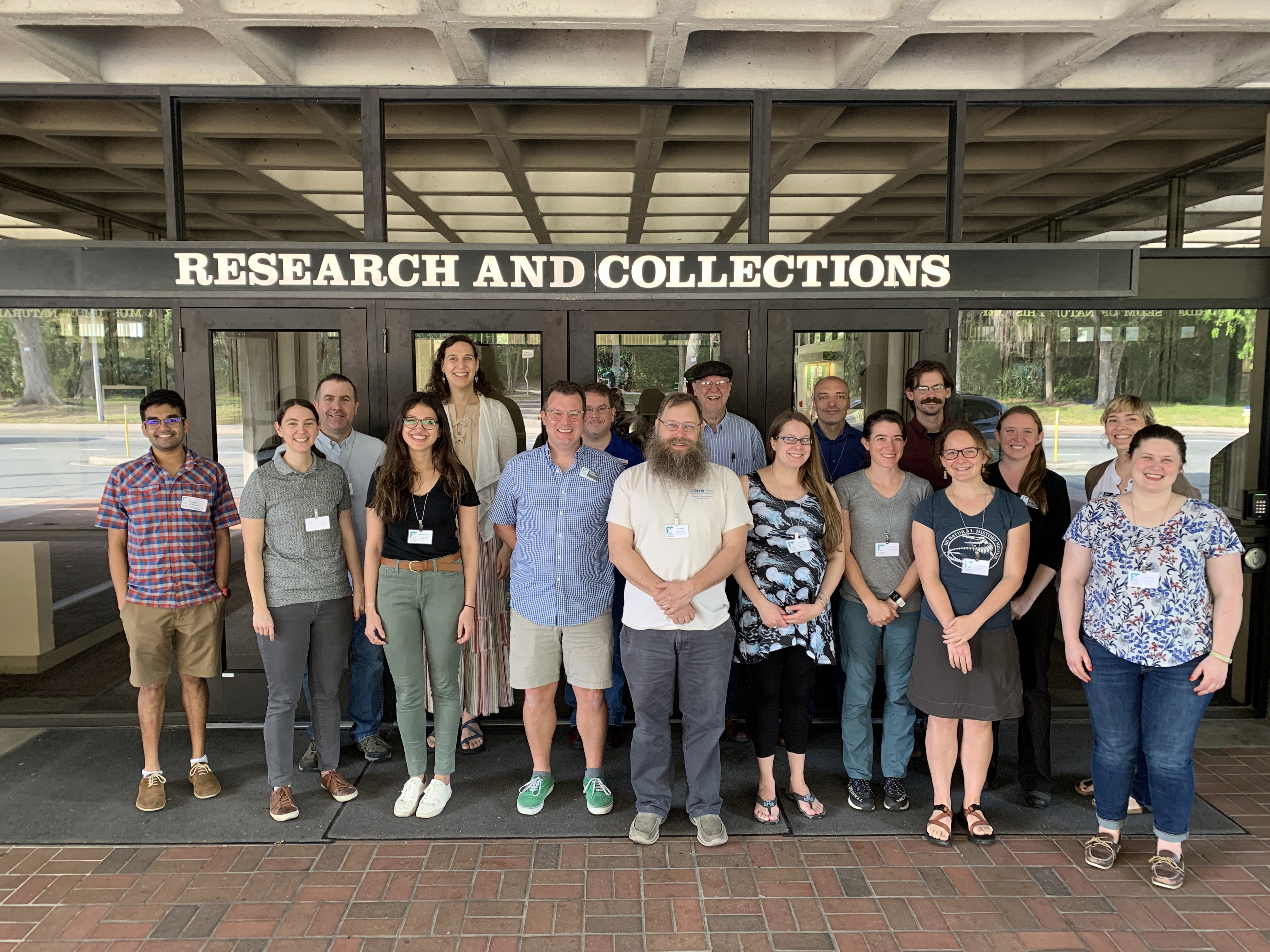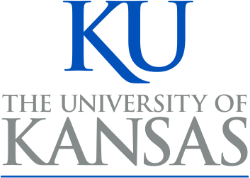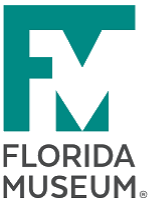
The Future of Fluid-preserved Specimen Imaging workshop took place on March 3-4, 2020 at the University of Florida in Gainesville. Invited participants gathered to discuss the current state of fluid collections imaging and its applications, as well as envisioned future approaches to capturing these collections in two and three dimensions. The format departed from typical iDigBio workshop structure, emphasizing extensive brainstorm and discussion sessions over formal talks and training.
On Day 1, presenters David Blackburn, Nelson Rios, and Edward Stanley provided overviews on the future of fluid specimen imaging, photogrammetry, and surface scanning methods, respectively. The agenda then opened up into six brainstorming sessions, the first of which involved a creative “pie-in-the-sky” sketching exercise where participants drew schematics of potential technology innovations to automate workflows and support high-throughput digitization of fluid collections. Other brainstorm topics included research and outreach uses of 2D and 3D images, technology selection, and extracting trait data from images. Metadata standards, digital asset management, optimizing workflows, and integrating AI into tasks emerged as essential elements for any large-scale imaging project. A suite of overarching challenges and bottlenecks specific to imaging fluid-preserved specimens was identified, as well as collection-specific objectives for imaging. For instance, entomology collections may prioritize capturing jar and vial labels over imaging bulk samples or individual fluid-preserved insects that may not display diagnostic traits without pinning. Dry specimen imaging may prove more information-rich for certain disciplines (e.g., most mammal, bird, and insect taxa), whereas images may serve as near-proxies of external specimen morphology for other collection types (e.g., herps, fish, many inverts).
Day 2 began with tours of the Florida Museum of Natural History imaging labs, including the 2D imaging wet station set-up, the core CT scanning facility, and a live demonstration of 3D surface scanning. Participants then classified different types of specimen complexity irrespective of discipline (e.g., transparency, soft-bodied specimens, extreme sizes), enumerating the challenges each category presents and often finding shared constraints across collection types. This activity along with a list of the Top 13 Ideas from the previous day laid the foundation for outlining the components for a potential Research Coordination Network (RCN). This program would focus on the existing landscape of fluid collection imaging, current roadblocks, best practice standards, image applications, and investigating solutions towards the mass digitization of fluid collections.
Next steps will include more planning and meetings around the development of a formal RCN proposal. For more details about the workshop, see the workshop wiki page.







